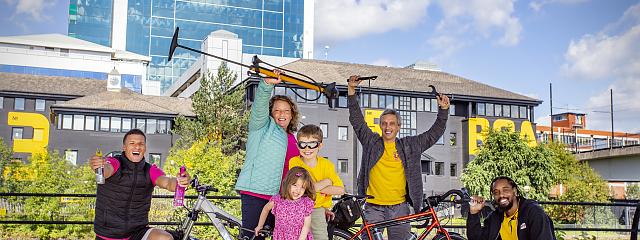
How Cycling UK is governed
How Cycling UK is governed
Like the majority of voluntary organisations Cycling UK is governed by a Board of Trustees who hold in trust the mission or objectives of an organisation, detailed in our Articles of Association.
Legal status
We are a UK company, limited by guarantee, with about 71,000 members. Since 2012 we have been registered as a charity with the Charity Commission for England and Wales and with the Office of the Scottish Charity Regulator.
The board
We are governed by a board which comprises up to 12 trustees, including the chair and vice-chair. The legal responsibilities of trustees are determined by Charity and Company law where they are referred to respectively as ‘trustees’ and ‘company directors’.
The board’s role is to govern Cycling UK and provide overall strategic direction to achieve its aims. The fundamental responsibility of trustees is to look after the resources given to Cycling UK by individuals and organisations, and ensure these resources are used effectively to achieve the particular purpose for which they were given.
The board meets four times a year and usually has an annual awayday.
There are also five sub-committees which typically meet 2-3 times a year and most trustees will get involved in at least one of these. They are:
- Audit and Governance committee
- Finance and Performance committee
- Nominations committee
- People and Culture committee
- Remuneration committee
Although trustees are ultimately responsible for the management and administration of Cycling UK, operational management is delegated to the chief executive.










